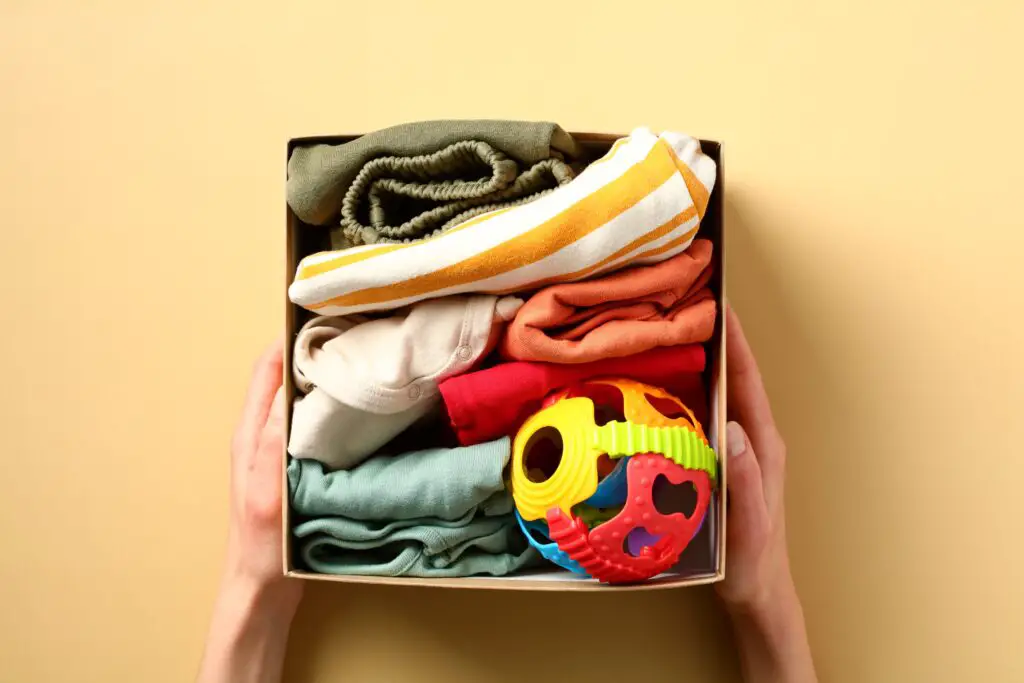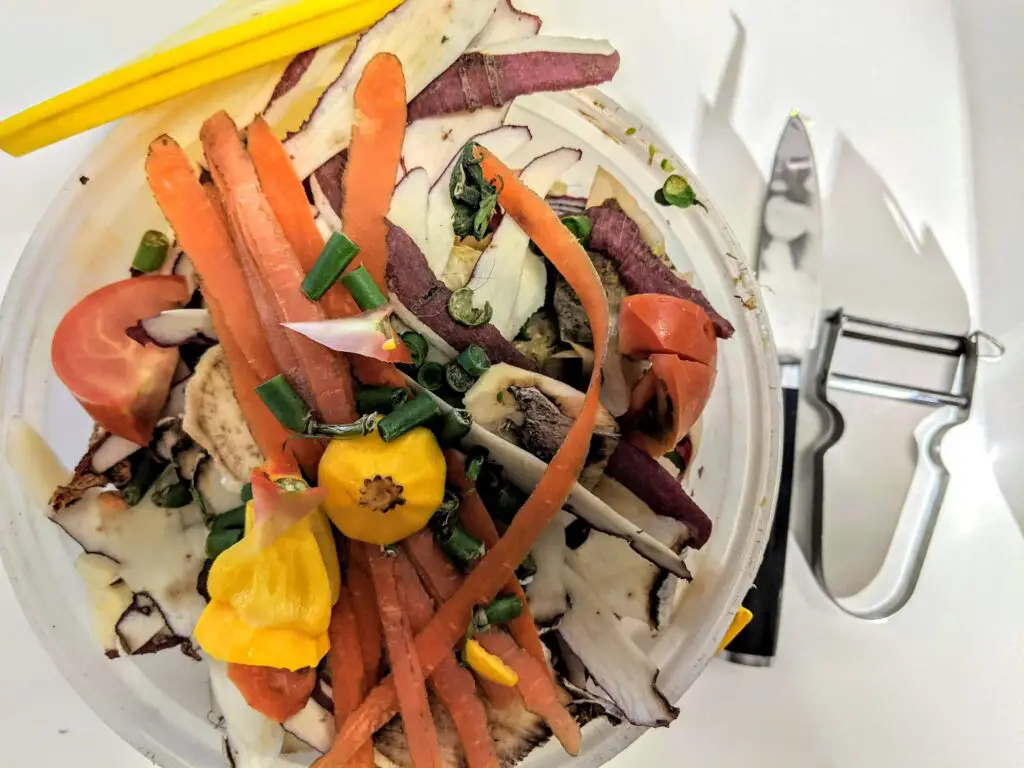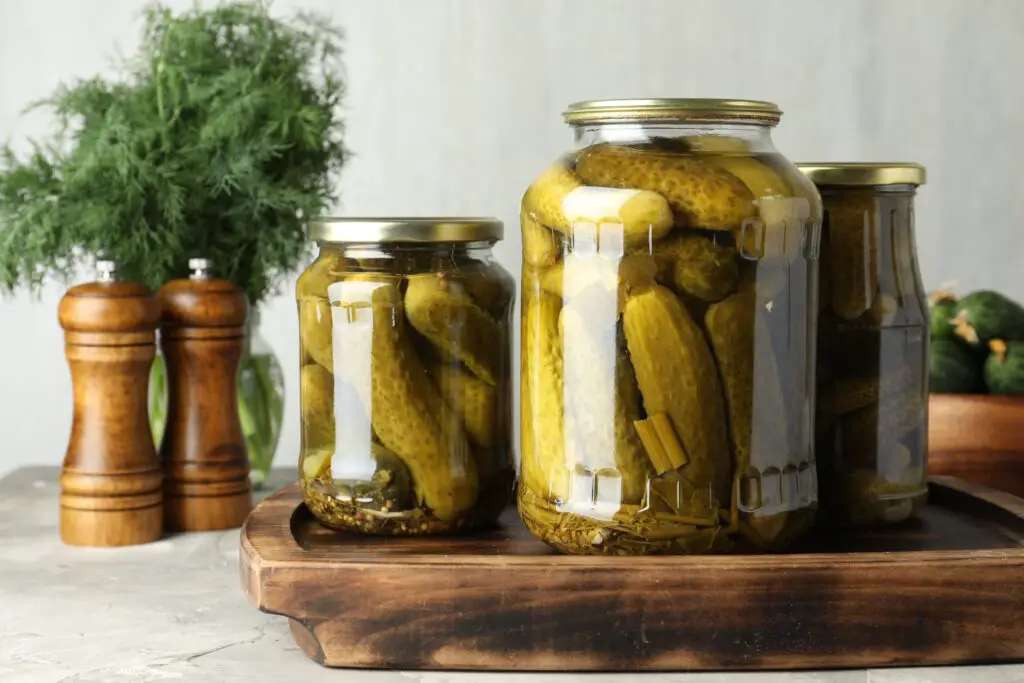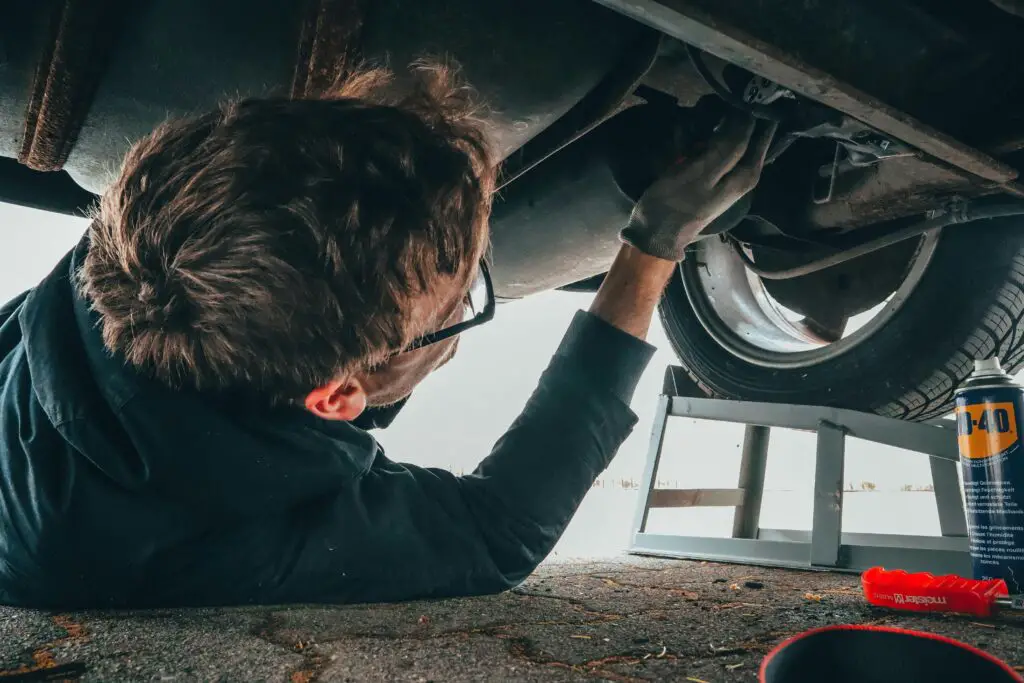1. Make Do and Mend

During the Great Depression, if something ripped or tore, folks didn’t toss it out — they fixed it. Sewing kits were a household essential, and learning a few basic stitches meant clothes, linens, and even curtains got second, third, or fourth lives. These days, patching a hole in your jeans or sewing a button back on can save you from buying replacements so often. It might not seem like much at first, but those little fixes can really add up over time says YourTango.
You don’t have to be a sewing expert either. There are plenty of easy tutorials online, and many fixes only take a few minutes. Investing in a small sewing kit costs way less than replacing items all the time. Plus, there’s something oddly satisfying about saving your favorite shirt or bag from the trash. It’s one of those old habits that feels good and saves money too says BuzzFeed.
2. Cook From Scratch

Back in the ’30s, pre-packaged meals were a luxury most people couldn’t afford. Cooking from scratch wasn’t just healthier, it was necessary to stretch meals and budgets. Today, a lot of us pay extra for convenience, but returning to simple, homemade meals can seriously cut down your grocery bill. Think soups, stews, and casseroles that can feed you for days shares MSN.
It doesn’t have to be fancy, either. Simple meals with beans, rice, veggies, and a little meat can be hearty and delicious. Learning a few go-to recipes can make a huge difference in your wallet and your health. Plus, leftovers become your new best friend when you’re living frugally. Just like during the Depression, every bit counts adds Yahoo Finance.
3. Grow Your Own Food

Victory gardens weren’t just a wartime thing — during the Depression, many families grew whatever they could to survive. Even if you don’t have a big yard, a few pots of tomatoes, herbs, or lettuce on a balcony can make a difference. Growing your own produce helps you save at the store and gives you a fresher, healthier option. Plus, there’s a real sense of pride in eating something you grew yourself.
Seeds are inexpensive, and with a little patience, you can stretch them into months of harvest. Community gardens are also a great option if you’re short on space. Some people even swap veggies with neighbors to get more variety. It’s one of those old-school ideas that still makes a lot of sense today, both for your wallet and your well-being.
4. Embrace Hand-Me-Downs

During the Great Depression, nothing went to waste — especially clothing. Kids wore their older siblings’ clothes without a second thought, and adults often shared too. These days, there’s still a lot of savings to be had from secondhand shopping or swapping. Thrift stores, online marketplaces, and even hand-me-downs from friends can stretch your clothing budget like crazy.
Sometimes you’ll even find high-quality items for a fraction of the cost of new ones. A quick wash or minor repair can make them good as new. Plus, buying secondhand is a lot better for the environment. It’s a small shift in mindset that can lead to huge savings over time. Just like our grandparents did, it’s smart to see the value in what’s already out there.
5. Barter and Trade

Money was tight during the Depression, so people often traded goods and services instead. Maybe one neighbor fixed shoes while another shared eggs from their chickens. This old habit can still work wonders today if you’re willing to think outside the box. Instead of paying cash, offer your skills or goods in exchange for what you need.
You might be surprised how many people are willing to swap, especially in local communities or online groups. It could be anything from babysitting to tutoring to repairing something. Bartering builds a sense of community too, something the Depression era folks knew a lot about. When you rely on each other, everyone saves a little.
6. Save Every Scrap

Throwing food away was basically unthinkable during the Depression. People got creative, using every last bit of leftovers to create new meals. Even things like vegetable peels, bones, and stale bread had a second life as broths, croutons, or stuffing. Today, being mindful about food waste can save you hundreds of dollars a year.
It just takes a little planning and a little creativity. Turning scraps into soups or casseroles can stretch your grocery budget without feeling like you’re sacrificing. Plus, meal prepping and freezing leftovers makes it easier to stick to eating at home. Our great-grandparents weren’t just frugal — they were resourceful. It’s a skill worth reviving.
7. Limit Luxuries

In tough times, luxuries like fancy coffee or dining out were rare treats, not everyday habits. People learned to appreciate the little things without constantly spending. Today, it’s easy to fall into the habit of daily treats that add up quickly without realizing it. Cutting back doesn’t mean cutting out all the fun — it’s about making treats feel special again.
Maybe that means saving coffee shop visits for once a week instead of every morning. Or treating takeout as an occasional reward rather than a fallback dinner plan. Finding joy in simple, affordable pleasures can shift your whole outlook. During the Depression, small joys kept spirits high, and they can still do the same now.
8. Reuse and Repurpose

Buying new wasn’t an option for many families during the Great Depression, so they got really good at repurposing what they already had. An old shirt might become a cleaning rag, or a broken chair might be turned into firewood. Today, before you toss something out, ask yourself if it could be used differently. Chances are, it can save you from buying something new.
Upcycling has even become trendy now, and there are tons of creative ideas online. Turning jars into storage containers or turning old t-shirts into quilts are just a couple of examples. It’s not just thrifty — it’s rewarding to give something a new life. The more you practice this habit, the more you start to see possibilities everywhere.
9. Keep Entertainment Simple

Without money for movies or big outings, Depression-era families got creative with entertainment. They played cards, listened to the radio, or told stories on the porch. It wasn’t about spending money — it was about spending time together. Today, finding low-cost or free entertainment can save you a fortune over the course of a year.
Board game nights, potlucks with friends, or even free concerts in the park can be just as fun as expensive outings. Libraries often host free events, too. Sometimes the simplest nights turn out to be the most memorable. Just like families in the ’30s knew, it’s really about the people you’re with, not what you spend.
10. Be Energy Wise

Energy wasn’t as readily available or cheap during the Depression, so people learned to be mindful about how they used it. They bundled up instead of cranking the heat and opened windows for air instead of running fans all day. Today, being smart about your electricity and water use can save you a surprising amount over time. Small changes really add up.
Turning off lights when you leave a room, unplugging devices, and using fans instead of air conditioning are simple switches. Washing clothes in cold water and air-drying them whenever possible can also cut costs. These little habits, practiced consistently, lower your bills without much effort. Our grandparents would be proud.
11. Buy Only What You Need

During the Depression, impulse buying wasn’t really a thing — people bought what they needed and nothing more. Every dollar had a job, and careful budgeting was a way of life. Today, it’s easy to get caught up in sales and trendy must-haves, but sticking to a need-based mindset can save you so much. It’s about pausing before buying and asking, “Do I really need this?”
Making a shopping list and sticking to it is a simple but powerful tool. Waiting 24 hours before buying something can also help you figure out if you really want it. Sometimes, just a little time and reflection make a huge difference. Living this way might feel old-fashioned, but your bank account will thank you.
12. Repair Instead of Replace

When something broke during the Depression, replacing it was the last resort. Whether it was shoes, furniture, or kitchen tools, people did their best to fix it first. Today, too many of us toss things without a second thought, but repairing can save serious money. Learning a few basic repair skills — or finding a good local handyman — can stretch your stuff way further.
YouTube and DIY blogs make it easier than ever to learn how to fix common problems. Sometimes it’s as simple as tightening a screw or patching a tear. Even paying a small fee for a repair is usually cheaper than buying new. Like the resourceful folks of the past, we can stretch our dollars a lot further with a little effort.
13. Practice Contentment

One of the most valuable lessons from the Great Depression wasn’t about money at all — it was about attitude. People learned to find joy in what they had rather than longing for more. Practicing contentment today can help you resist the constant pressure to buy, upgrade, and chase the next new thing. It’s a mindset shift that can change everything.
It might mean appreciating your cozy home instead of wishing for a bigger one, or loving your old car instead of dreaming about a shiny upgrade. Gratitude makes you feel richer without spending a cent. Just like during the toughest times in history, learning to be happy with what you have is the real secret to a fortune. Sometimes, the best things in life really are free.
